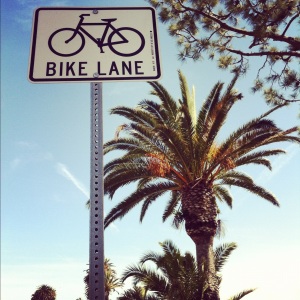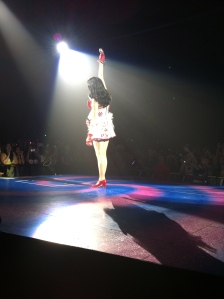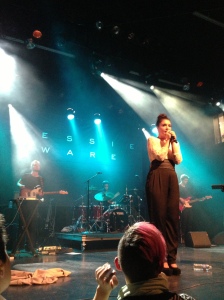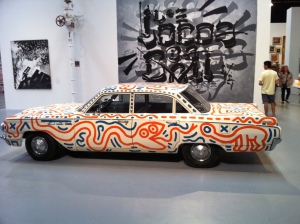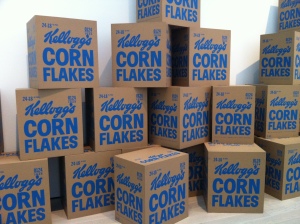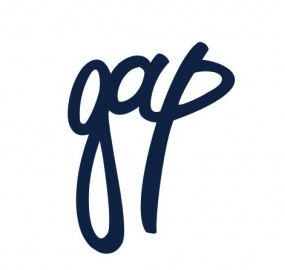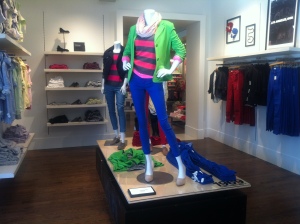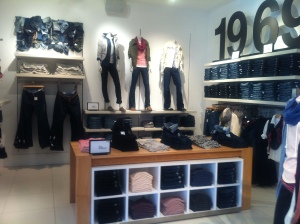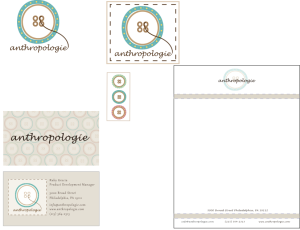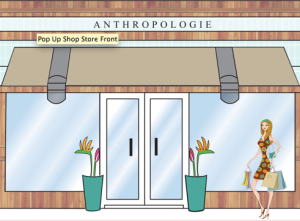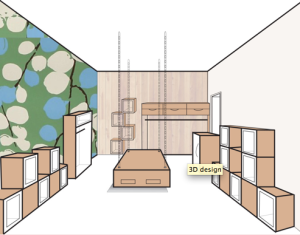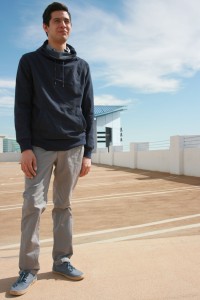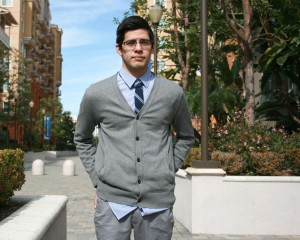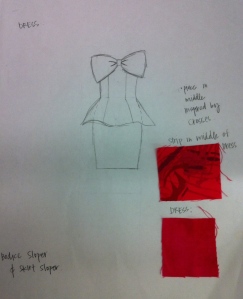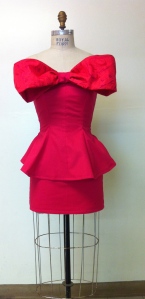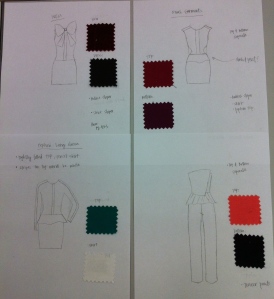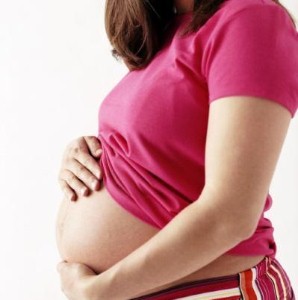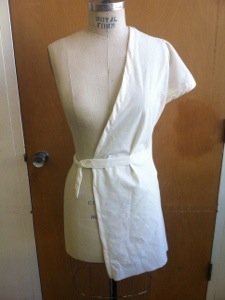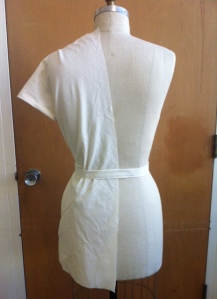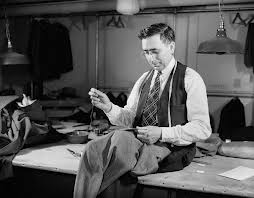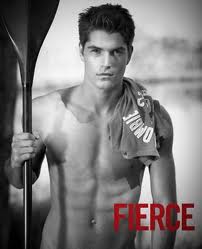
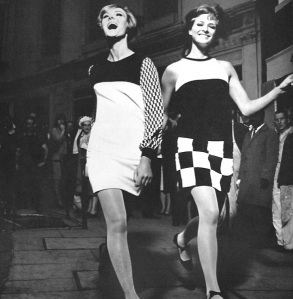
“Fashion photography in this period shifted stylistically, giving expression to the Single Girl ethos. The model is shot outside, often walking, or running; she is ‘active'”.

“Audrey Hepburn marks a transitional moment in the move from haute couture to pret-à-porter, seemingly anticipating the new ideal promoted by Helen Gurley Brown. … She is remembered for the black turtleneck and capri pants that she wears frolic as yet unreformed in the cafés of Paris”.
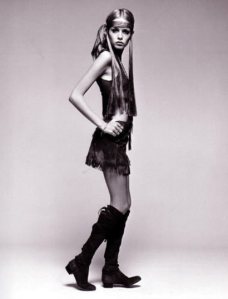
“In the 1960’s, fashion editors looked for a ‘face’ that was somehow ‘new’ , or different, while focusing on a certain almost perverse image of girlishness”.
Fashion from women has changed over time. In the 1960’s women started being independent and had careers. A women’s body was now free from all the constraints of the previous fashions. The constraints were now being replaced with diet and exercise. In the 1960’s there was an ideal of the single girl. Through fashion photography, women in the 1960’s would look and want to be this ideal girl. Fashion photography and women’s fashion made a new feminine ideal. The ideal girl dominated the feminine culture. She was young, single, and economically self-sufficient. Fashion photography in this period shifted stylistically, giving expression to the Single Girl’s characteristics. The women or model would usually be shown and photographed outside, often walking, or running. She was active and shows that this new ideal showed youth. I still think that it is still influenced today because the woman you see in the magazines are thin, physically active, and pretty much your “ideal woman”. I mean I know that a lot of it is Photoshop but I still think that the fashion industry still tries to continue with the ideal size and shape of a woman’s body should be. We still look up to celebrities and see what they wear and want to be like them.
The film industry took part of it, as well as woman’s magazine. The “ working girl”, became the main target customer in 1965, when editor Helen Gurley Brown revamped Cosmopolitan Magazine. The working girl was the one who set fashion standards. But there was a difference of the working girl and the career girl that people would mix up. Haute, high class, couture was catered to the wealthy women of leisure, who had time and money to afford a wardrobe. Ready-to-wear was for woman of limited time and money and for whom fashion was useful as well as pleasurable. Ready-to-wear is the same today as it was in the 1960’s. It’s still made in factories and in standard sizes, which most women of today can afford instead of high-end couture clothing. Ready-to-wear clothing is now a lot more popular because a lot of people cant afford really expensive things. Ready-to-wear lines were important because the represent a shift away from formal evening gowns and a European look. Aubrey Hepburn marks a transitional moment in the movement from haute couture to pret-a-porter (ready-to-wear). She is remembered for the black turtleneck and the black Capri pants. In the 1960’s editors looked for “the face” of something new, different and also the image of girlishness. And that’s how Twiggy was discovered. She was 5’6, and weighed 91 pounds. They identified her as the “youthquake”. This chapter did have some similarities to how fashion is today.
Link: http://www.maybellinebook.com/2012/08/whats-your-take-on-helen-gurley-browns.html

